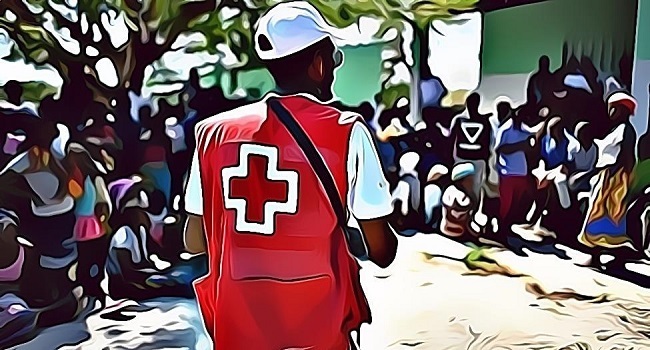Responding to the humanitarian crisis in Kenya, the Red Cross Movement turned to blockchain to help uplift rural and slum communities.
While it took the Red Cross Movement and other organizations 15 years to realize cash can be handed to victims of disasters, it’s good news to know that newer and more lasting solutions are tested. After two years of careful planning, the Red Cross societies of Kenya, Norway, and Denmark jointly released a lasting solution to the acute poverty-experienced in such rural areas.
The Red Cross team recognized the need for cash flow in rural and slum communities, and launched blockchain-based local currencies to help make trading easier in such areas.
Using Kenya as an example, there are residents who have a ton of goods and services to sell but only a few have enough cash to buy the goods and services. This doesn’t only dissuade the sellers from producing more but it also lifts poverty in rural communities.
Instead of providing them with cash and aid as the societal norm demands, the team decided to create an out-of-the-box solution that is more sustainable and effective. Using blockchain-backed local currencies will bring about a gigantic boost in no time. This innovation is expected to help enhancing barter trades in these impoverished communities while also ensuring that a good, transparent mechanism is in place to track ‘who owes what.’
For rural and slum communities, of course, you do not expect a sophisticated payment system. Thankfully, the team had that in consideration while making the system. It is designed to work as effortlessly as Kenya’s popular M-Pesa mobile money transfer system. With just about any kind of phone, you can easily make transfers without necessarily holding Kenya’s official currency, the shilling.
Aiming to Reach 320,000 People with Blockchain
Even better, each transaction is automatically recorded with blockchain instead of a paper as seen in most rural communities.
Commenting on this astounding performance, a Geneva-based humanitarian, Paula Gil, stated that “this is the future. It is probably the only true use of Blockchain for good.”
The program, which was already tested partially in Ethiopia and some parts of Kenya, is expected to expand to other countries such as Malawi, Zimbabwe, Papua New Guinea, Cameroon, and Myanmar. The team stated that they expect the system to reach 320,000 users in the next two years.




